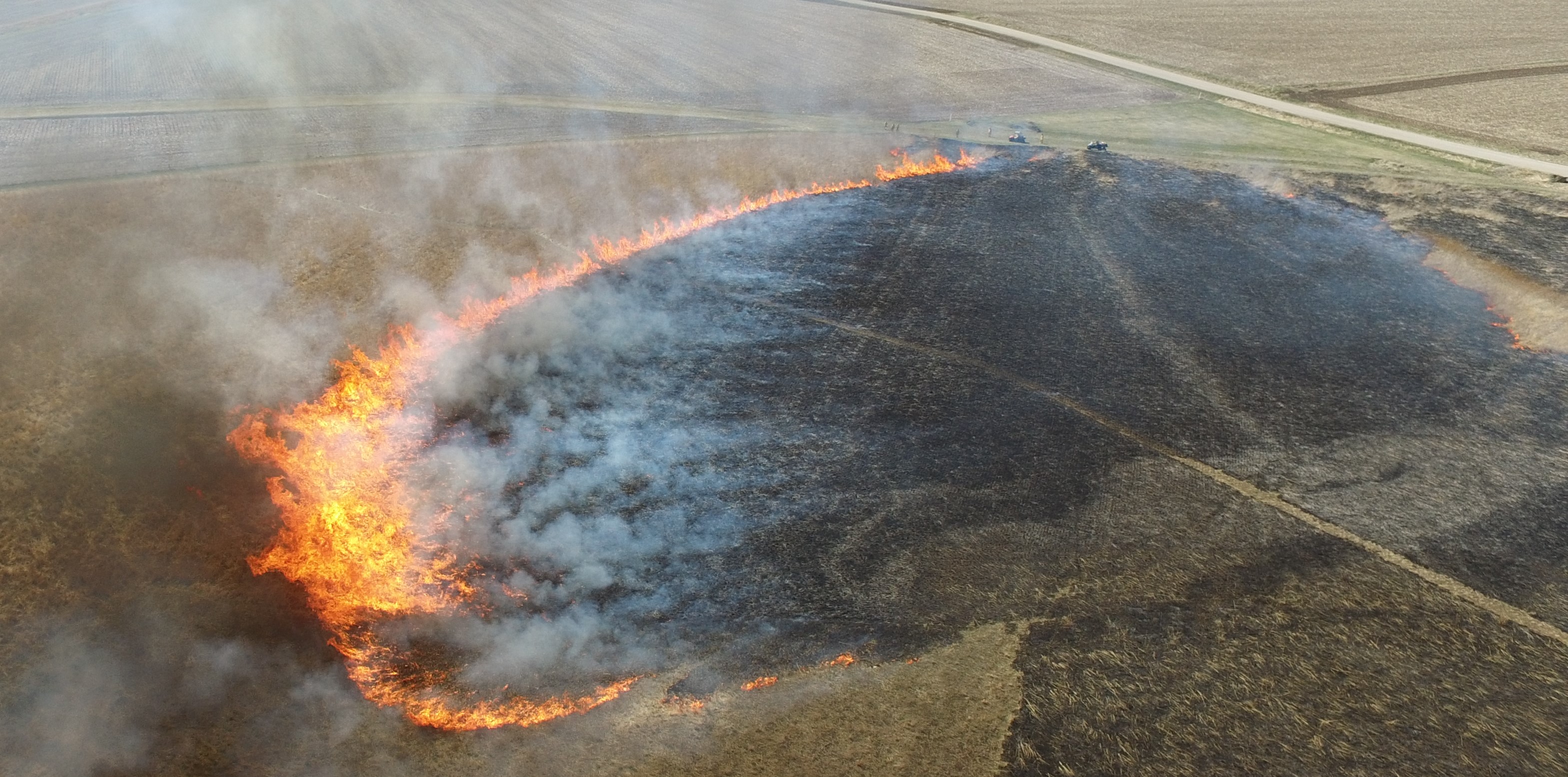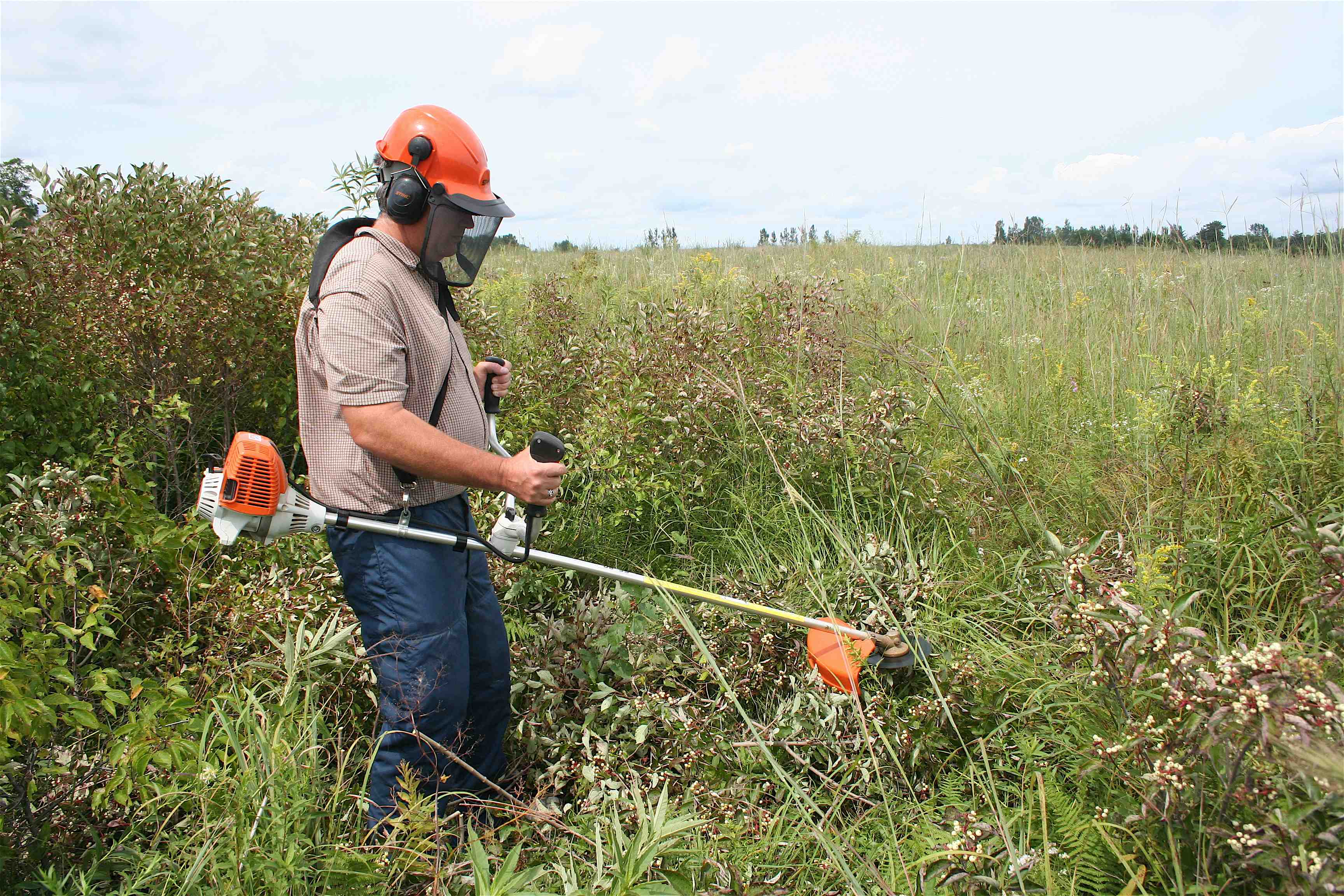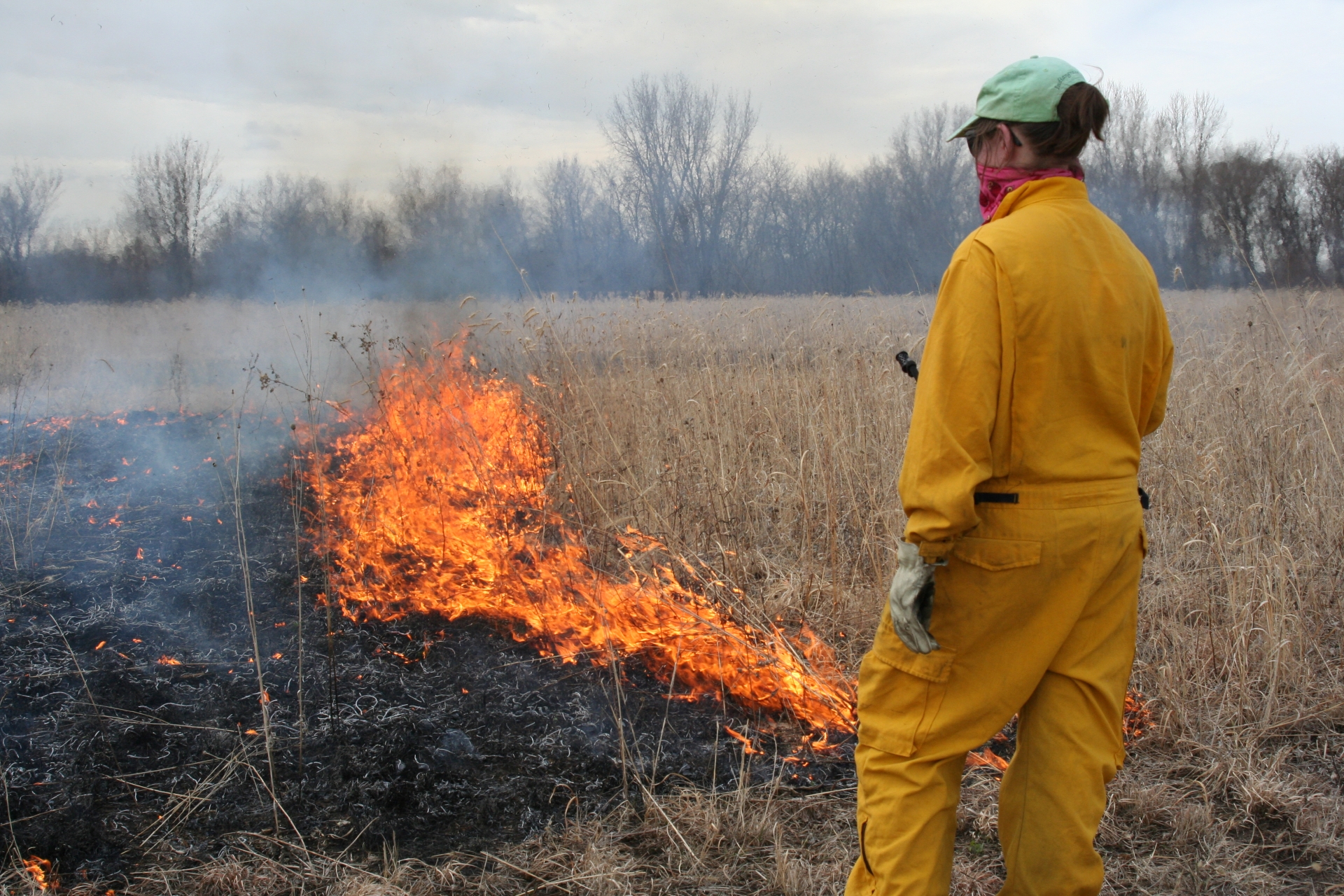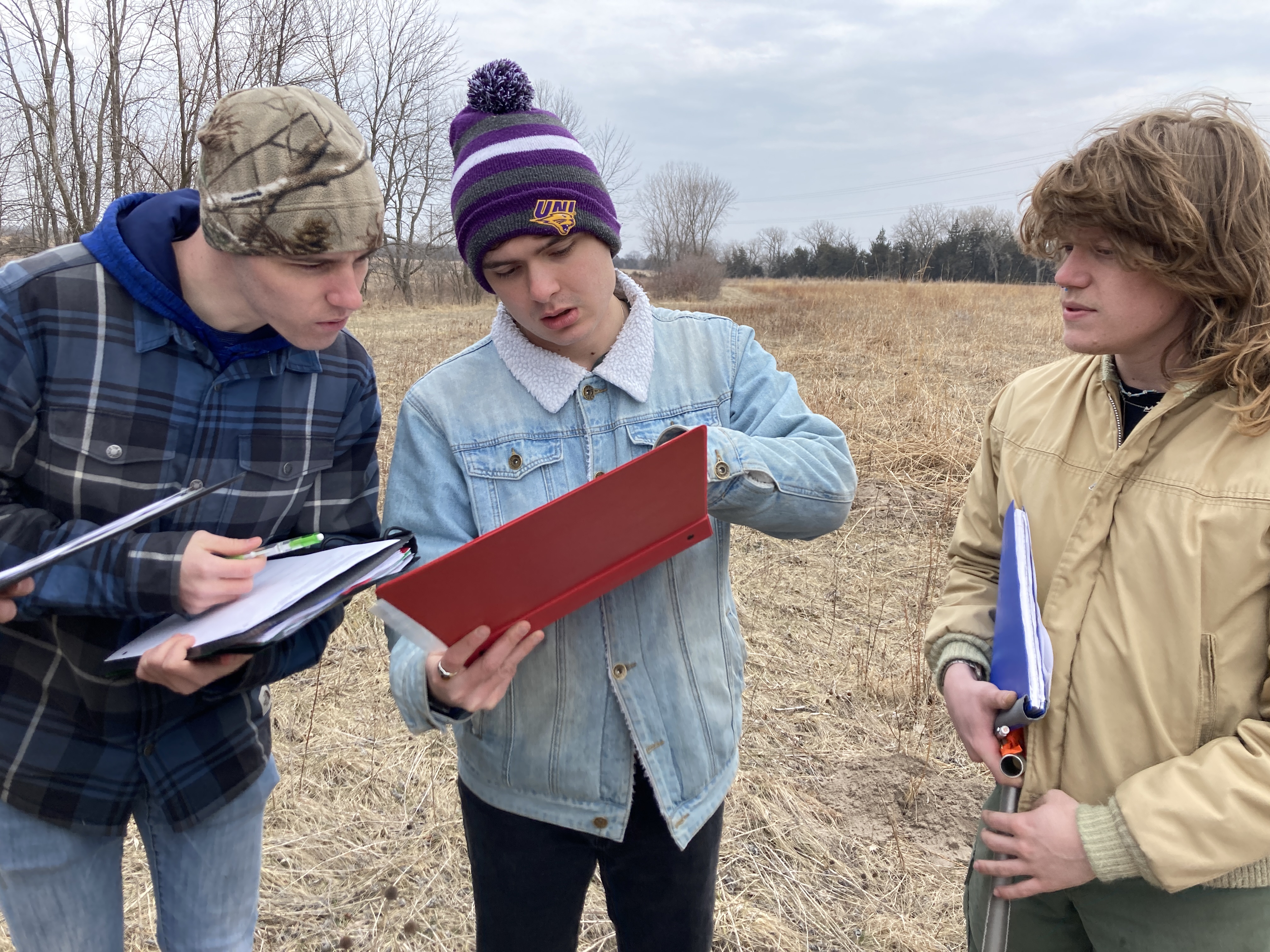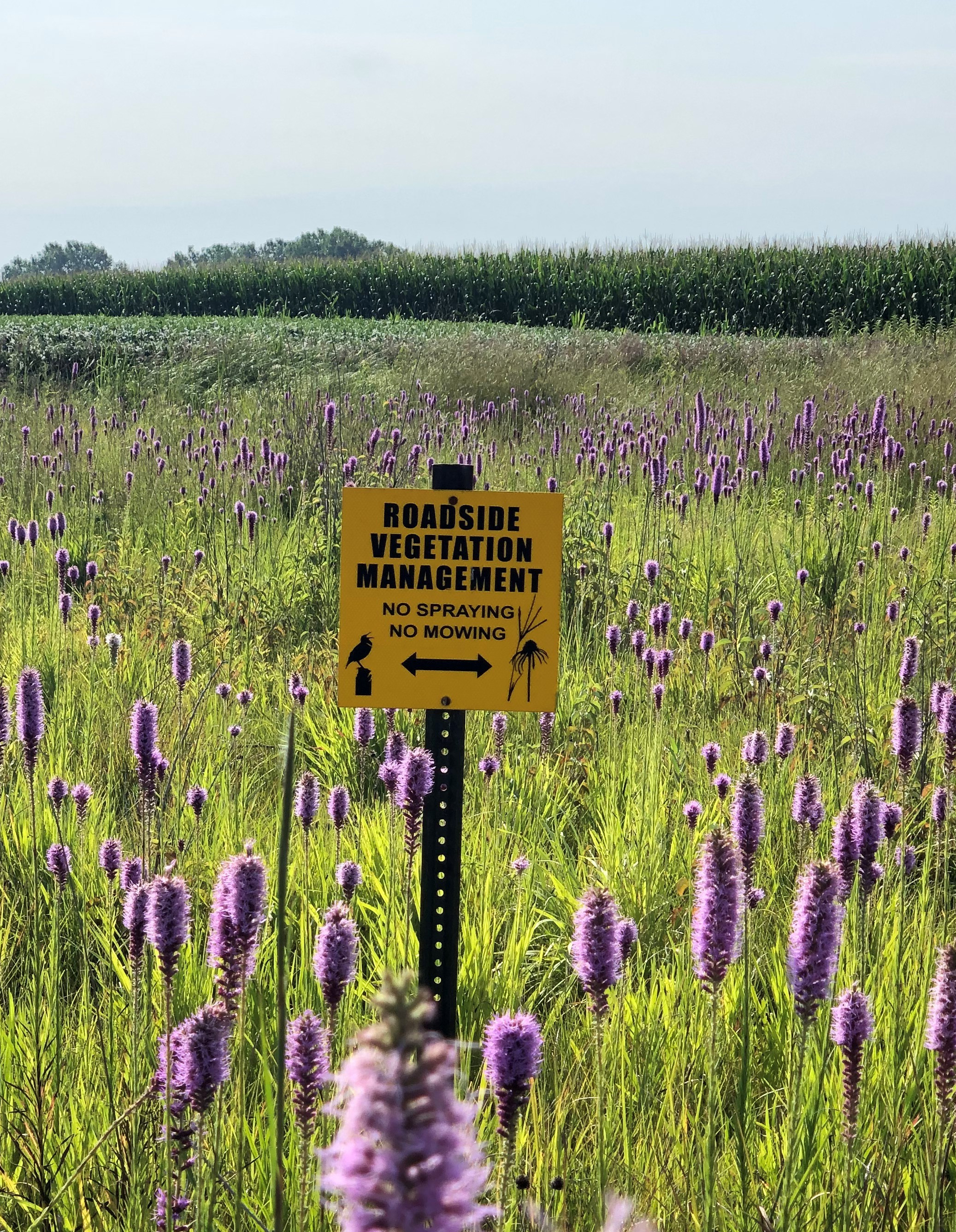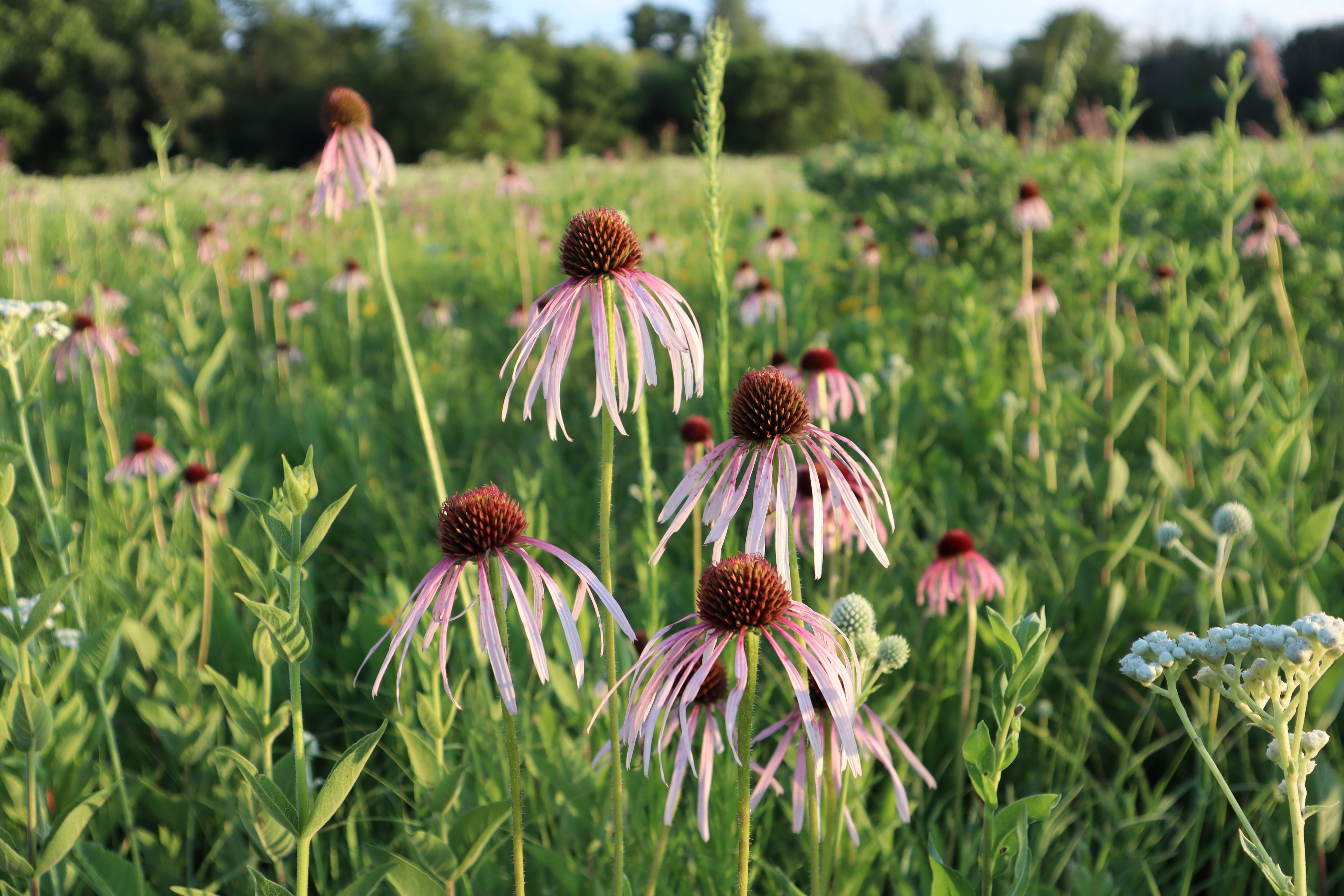Prairie Reconstruction
If you are getting ready to restore prairie from seed, you're in the right place. Explore these links to read up on site preparation, seed mix design and seed purchase, planting, stand evaluation, and other critical stages of the project. Our in-depth videos include presentations on practical skills such as prescribed fire planning and seed drill calibration. For even more depth, download technical research reports on a wide range of topics. And once you have a "prairie in progress," find the perfect sign to let others know what you're up to.
Tallgrass Prairie Seed Calculator
Seed and Service Providers
Prairie Reconstruction How-To Videos
Technical Publications
Signage for Prairie Plantings
Resources for Landowners and Practitioners
